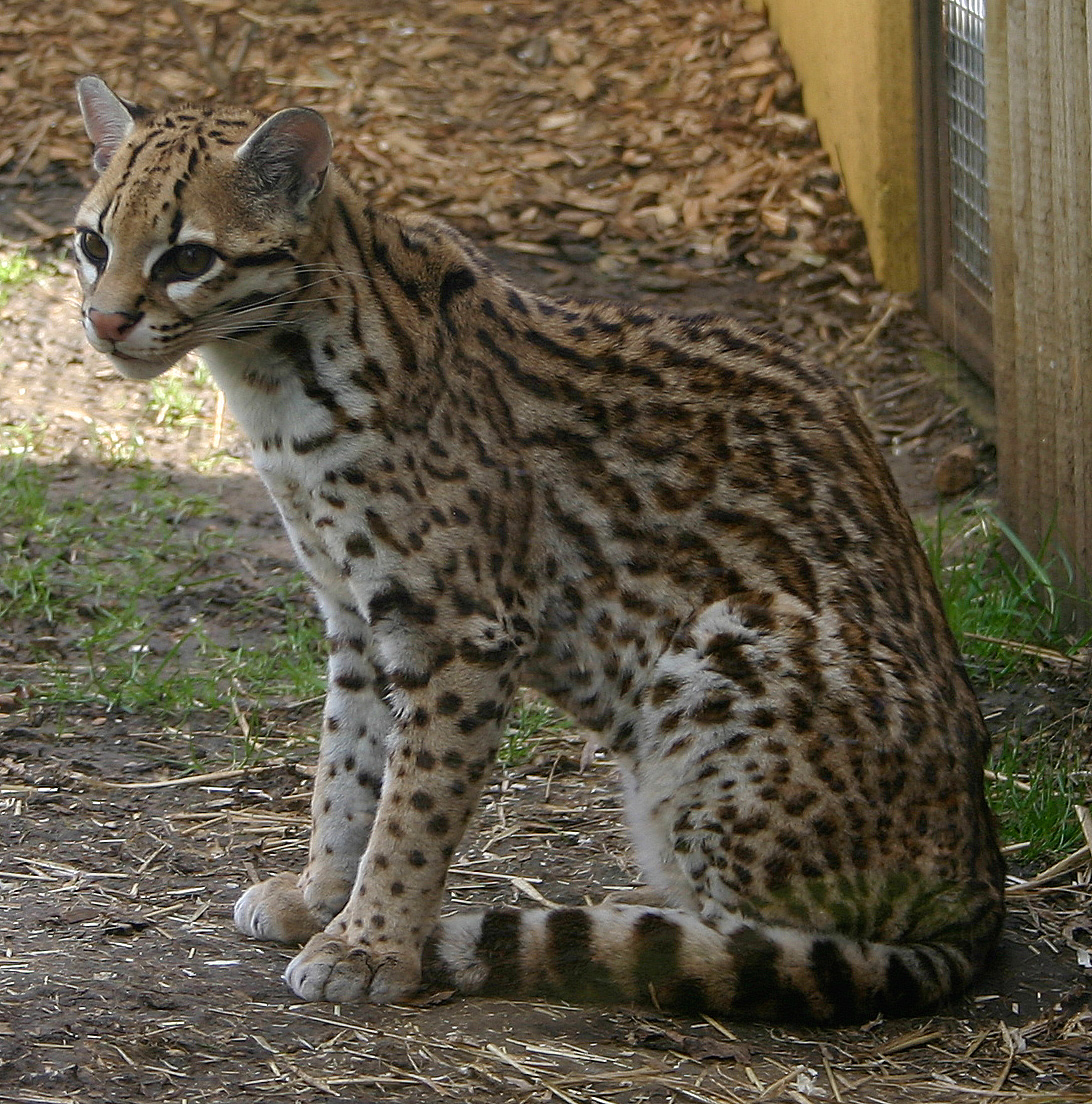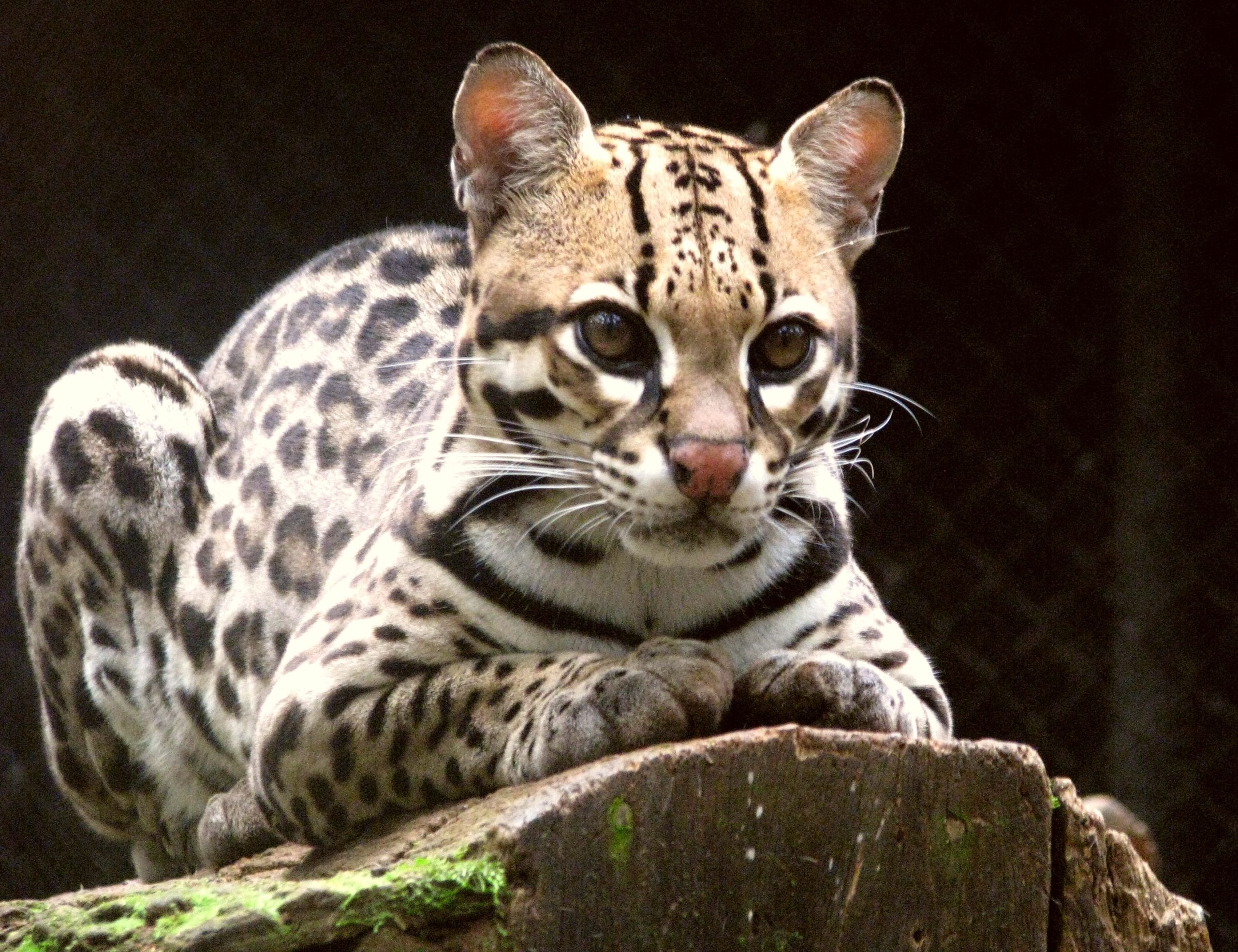Our hours for Mar 9, 2025: 9:00 AM-5:00 PM


It's hard to study wild ocelots, as they are active primarily at night, especially at dawn and dusk, and are very secretive. They may be more active in daytime on rainy or cloudy days. Ocelots prefer to live in areas with thick vegetation, such as dense chaparral or tropical rainforests.

The ocelot is said to be a picky eater—even more so than other cats. Most cats remove feathers and fur from their prey as they eat, but ocelots pluck off all the feathers and fur before they start their meal.
The ocelot is a small wild cat that can be found in Central and South America. This feline is known for its beautiful coat, which has made it a target for hunters in the past. However, conservation efforts have helped stabilize their populations and ensure their survival.
The ocelot is a medium-sized wild cat, typically weighing between 18 and 35 pounds. They are about twice the size of a domestic cat, with a stocky build and short tail. Their coat is one of the most striking features, with a pattern of black rosettes on a tawny brown background. The fur is soft and dense, with longer hairs on the belly and throat. The ocelot’s eyes are large and round, with a yellowish-green iris.
Ocelots are found throughout Central and South America, from Mexico to northern Argentina. They prefer a wide range of habitats, from tropical rainforests to savannas and even coastal marshes. Ocelots are highly adaptable and have been known to thrive in areas with human activity.
Ocelots are solitary creatures and are most active at night. They are excellent hunters and are known to prey on a variety of animals, including rodents, birds, reptiles, and fish. They are also capable of taking down larger prey such as deer or monkeys. Despite their hunting abilities, they are also known to scavenge from time to time. Ocelots are territorial and will mark their boundaries with urine and feces.
The ocelot was once hunted for its fur, which was highly prized. However, hunting restrictions and conservation efforts have helped stabilize populations. The biggest threats to ocelots now are habitat loss and fragmentation, which can lead to isolation and decreased genetic diversity. Ocelots are also sometimes killed by humans in retaliation for preying on livestock.
If you’re interested in seeing an ocelot in person, come visit our zoo! Our ocelot exhibit is home to two of these beautiful cats, where you can observe them in their natural habitat. We are committed to the conservation and protection of these fascinating creatures and are proud to have them as part of our collection.